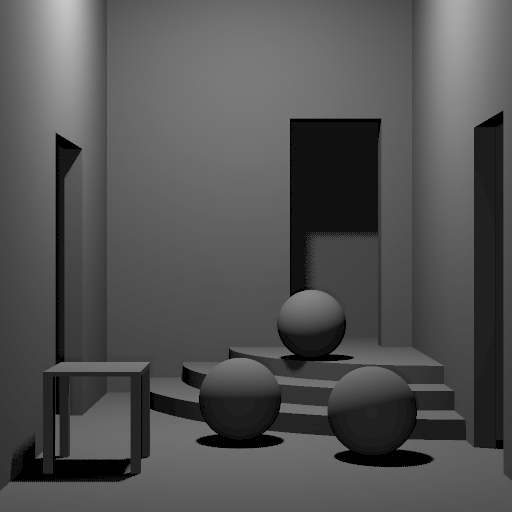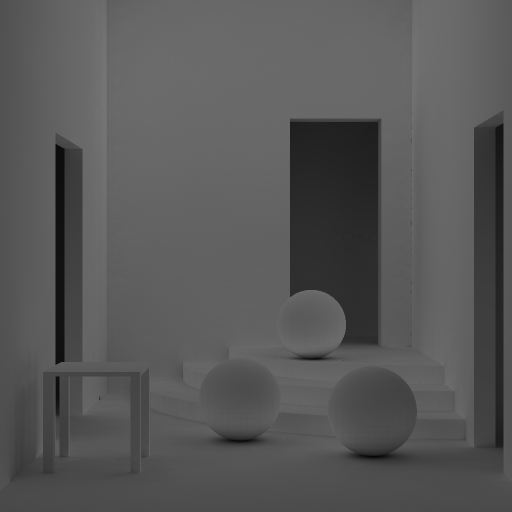Interreflections
Shadows and interreflections are present in all real scenes and provide
a rich set of cues for vision. One interesting fact about shadows
and interreflections is that they are intrinsically related.
Shadows tend to occur in those parts of a scene in which
interreflections can have the largest effect. In a theoretical
paper in IJCV 1999, I provided several basic results concerning
this relationship in terms of the Koenderink and van Doorn's
"interreflection modes" of a scene. I showed that for a given
scene, the interreflection mode having the largest gain is a
physically realizable radiance function i.e. it is non-negative. I
also derived bounds on the gain of this mode, discussed how this mode is
related to shadows, and analyzed how well an n-bounce model of
interreflections approximates an infinite-bounce model and how shadows
affect this approximation. I also introduced a novel method
for inferring surface color in a uni-chromatic scene. The
method is based on the relative contrast of the scene in different color
channels.
The idea about color is related to work that Alan Gilchrist and
colleagues have done, in which they had human observers look into a
small room and make judgments about surface reflectance i.e. whether the
surfaces are white, light grey, dark grey, black, etc.
The idea is that interreflections can provide a cue to lighting, since
a white painted room tends to have much more indirect light than a dark
painted room. To illustrate this effect, consider the
image below on the left which was generated using computer graphics (a
package called RADIANCE). We can decompose this
image into its direct component (due to the light source only) and its
indirect component (which is due only to interreflected
light). Notice that the image on the right is not constant
intensity.
Selected Publications
- When shadows become interreflections, M.S.
Langer, International Journal of Computer Vision.
34 (2/3):193-204, 1999. (PDF)
- A model of how interreflections can affect color
appearance, M.S. Langer, Colour Research and
Application 26(S1) 218-221
(2001). (PDF)
- Color perception in a 3-D scene of one reflectance.,
M. S. Langer A. Gilchrist., ARVO Annual Meeting. Ft.
Lauderdale, May 2000.
 =
=
 +
+ 
 =
=
 +
+ 